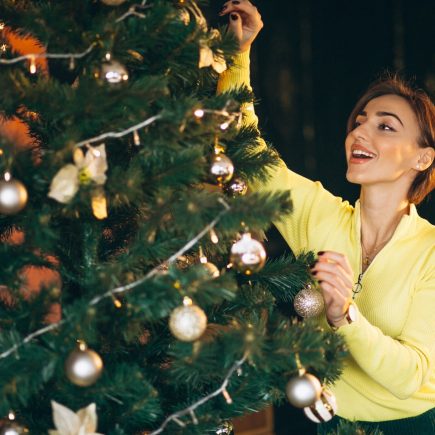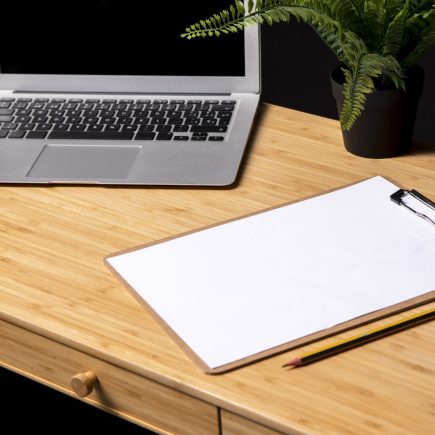
Charcoal grilling is a time-tested method for achieving smoky, delicious BBQ flavors. To help you make the most of your charcoal grill, this detailed guide will walk you through everything, from set-up to cooking techniques and heat management. Whether you’re searing steaks, smoking ribs, or grilling veggies, this step-by-step guide will equip you with all the tools and tips you need to become a true grill master.
Preparing Your Charcoal Grill

Step 1: Clear and Prep Your Grill
Before lighting a single coal, take a moment to prepare your grill. A clean grill ensures better airflow and eliminates old flavors lingering from past sessions:
- Remove any ash buildup from the firebox or ash tray.
- Brush off grime and residue from the cooking grate using a stiff grill brush or scraper.
- Check that the top and bottom vents are functioning to regulate airflow efficiently.
Step 2: Pick the Right Charcoal
Your grilling outcome can depend heavily on the type of charcoal you select:
- Lump Charcoal: Burns hotter and faster, providing a natural smoky flavor. Ideal for high-heat grilling like steaks or thin cuts.
- Charcoal Briquettes: Burns slower and consistently, perfect for longer cooking sessions like smoking ribs or whole chicken.
Pro Tip: Avoid quick-light or chemical-laden charcoal, as they can affect your food’s flavor.
Lighting the Coals
Method 1: Using a Chimney Starter

The best and most efficient way to light charcoal is with a chimney starter:
- Fill the chimney starter with the amount of charcoal needed (half-full for small sessions, full for larger cooks).
- Place crumpled newspaper or fire starter cubes below the chimney.
- Light the material and wait about 15 minutes until the top coals look ashy or white-hot.
Method 2: Pyramid Setup

If you don’t have a chimney starter, arrange the coals in a pyramid shape at the base of the grill:
- Place a few fire starter cubes beneath the pyramid.
- Light the cubes and allow the coals to catch, gradually spreading outward.
- Stir carefully to avoid smothering the fire.
Common Issue: Struggling to keep the coals lit? Open the bottom vent fully to improve airflow.
Propane or Electric Lighters
Electric or propane lighters are a more modern option for lighting charcoal. While they can be a bit pricier, they allow you to ignite charcoal without needing a chimney.
- Pros:
They’re convenient for directly lighting charcoal and work without the need for kindling. - Cons:
The downside is that you have to stay by the lighter, holding it until the charcoal fully catches fire. You can’t use this method and do other prep work at the same time.
Lighting Time Reference
| Amount of Charcoal | Cooking Use | Time to Fully Light (Approx.) |
| Half-chimney | Small/quick meals | ~10 minutes |
| Full chimney | Larger/tougher cuts | ~15-20 minutes |
Arranging Coals for Heat Zones

Charcoal arrangement determines the temperature zones. This setup method helps cook a variety of foods at the correct heat levels:
Two-Zone Grilling
- Direct Zone: Arrange 70% of your coals on one side of the grill. Use this area for high-heat cooking, such as searing meats or quick grilling vegetables.
- Indirect Zone: Leave the other side coal-free. Use this for slow-cooking larger pieces like whole chicken or ribs without burning them.
Single-Zone Cooking
For uniform cooking, spread the charcoal evenly across the entire grill base. This method is ideal for flatbreads, kabobs, or small meats.
Smoking Setup
For smoking, push lit coals to one side of the grill and place soaked wood chips on top. Add a pan of water under your food to stabilize temperature and maintain moisture.
Pro Tip: Keep a spray bottle nearby to tame any flare-ups caused by drippings landing on the coals.
Mastering Cooking Techniques
Direct Grilling

Ideal for food that cooks quickly over high heat:
- What to Cook? Steaks, burgers, hot dogs, chicken fillets, seafood, and thin vegetables like asparagus.
- Steps for Success:
- Preheat the grill with the coals directly under the cooking area.
- Flip items halfway through the cooking time to ensure even results.
- Close the lid to capture smoky flavors while maintaining temperature.
Indirect Grilling

Perfect for cooking large or thick items slowly:
- What to Cook? Whole chickens, pork butt, ribs, or thick roasts.
- Steps for Success:
- Set up an indirect zone as described earlier.
- Place a drip pan under the food to catch fat and prevent flare-ups.
- Keep the grill lid closed to create an oven-like environment.
Combination Cooking
This technique involves starting food over direct heat and finishing it in the indirect zone:
- Examples: Reverse-seared steaks, chicken thighs, or pork chops.
- Quickly sear over high heat for 2-3 minutes per side.
- Transfer to the cooler zone to finish cooking evenly.
Smoke Like a Pro
Charcoal grills can double as smokers with the right setup:
- Add soaked wood chips (hickory, mesquite, or applewood) to the direct heat zone.
- Keep vents partially open to maintain low-and-slow temperatures (225°F–250°F).
- Monitor and maintain temperatures by adjusting the vents or adding small amounts of charcoal.
Grilling Table
| Food Type | Ideal Zone | Approx. Cooking Time | Temperature (°F) |
| Steak | Direct | 3-5 min per side | 130-140°F (medium-rare) |
| Whole Chicken | Indirect | 1.5-2 hours | 165°F (internal) |
| Veggies | Direct | 6-8 minutes | N/A |
| Brisket | Indirect | 10-12 hours (smoking) | 200-205°F |
Managing Grill Temperature

Temperature control on a charcoal grill hinges on two main factors:
- The Bottom Vent (Oxygen Supply): Controls how much air reaches the coals.
Open it for increased heat; closing restricts airflow and reduces temperature.
- The Top Vent (Heat Outflow): Regulates the smoke and heat escape.
Open partially for consistent heat during low and slow cooking.
Quick Adjustments:
- Too Hot? Partially close the bottom vent or spread the coals out.
- Too Cool? Add more coals, or adjust vents to improve oxygen flow.
Pro Tip: Invest in a grill thermometer to monitor and maintain precise temperatures.
Food-Specific Tips and Tricks

Perfect Meats
- Steak: Sear directly for 2-3 minutes per side. Rest for 5 minutes before slicing.
- Chicken Thighs: Start over indirect heat, then move to direct for crispy skin.
- Ribs: Wrap in foil after 2 hours of smoking to retain moisture.
Veggie Magic
- Toss with olive oil and spices before cooking. Use a grill basket to make flipping easy.
- Corn on the cob cooks best in its husk over indirect heat for about 20 minutes.
Seafood Success
- Grill fish fillets on a non-stick mat or aluminum foil to prevent sticking.
- Shrimp skewers cook in just 3-4 minutes on direct heat.
With these detailed steps, cooking on a charcoal grill is no longer a guessing game. From lighting the coals to managing heat zones and perfecting cooking techniques, you now have everything you need for sizzling success. Ready to get started? Check out some great BBQs & Grills at Aosom to find the perfect setup for your grilling needs. Now grab your tongs and grill like a pro!
FAQs
1. How can I keep the coals burning longer?
Use larger briquettes to maintain consistent heat for a longer time. Keep the grill vents open for proper airflow. Add unlit coals when necessary to extend burn time.
2. What’s the best way to check cooking temperatures?
Use an instant-read thermometer for accurate internal temperature readings. Avoid cutting meat to check, as it releases juices. Always refer to safe cooking temperature guidelines for different foods.
3. Can I cook on a grill without preheating?
Preheating the grill is essential for even cooking and proper searing. It helps prevent food from sticking to the grates. Skipping this step can lead to uneven cooking and longer cooking times.
4. How can I avoid food sticking to the grill?
Oil the grill grates or brush food with oil before grilling. Preheat your grill properly to create a non-stick surface. Don’t flip the food too early; let it develop a sear first.
5. What’s the trick to achieving perfect grill marks?
Preheat your grill to a high temperature before placing food on it. Place food at a 45-degree angle to the grates and avoid moving it too soon. Rotate food halfway through for crosshatch marks.






















